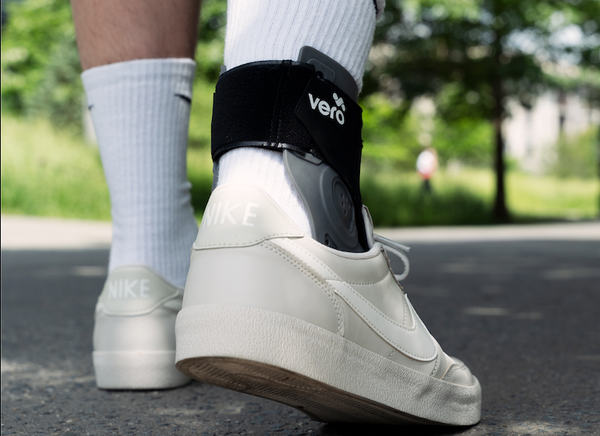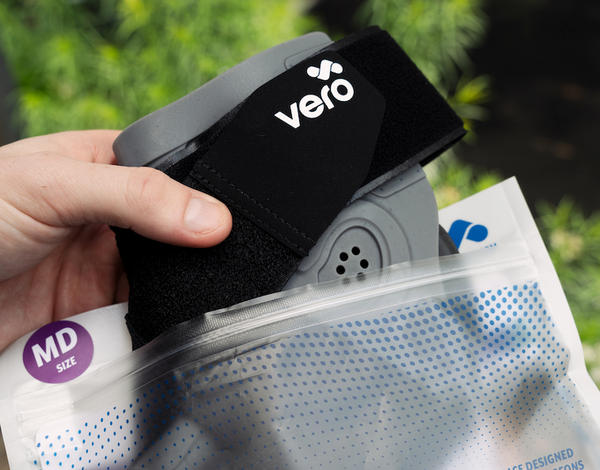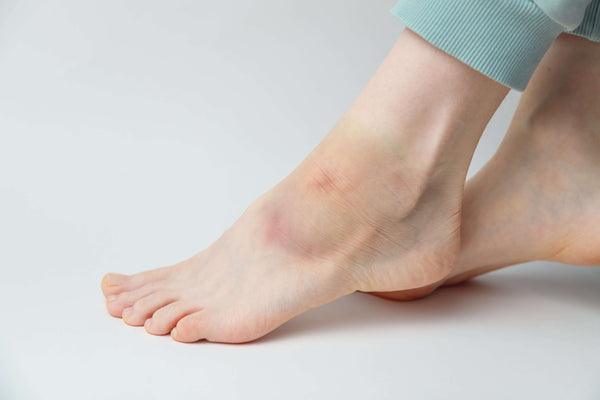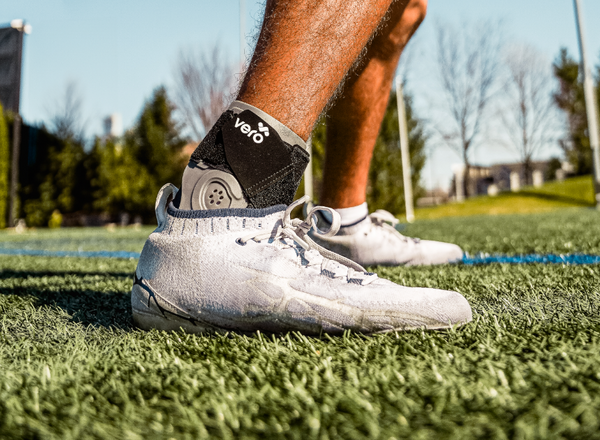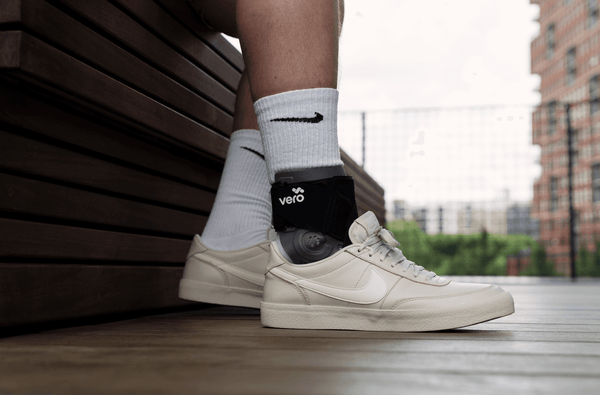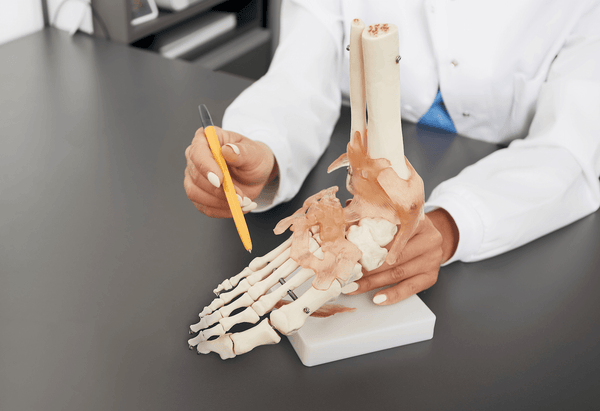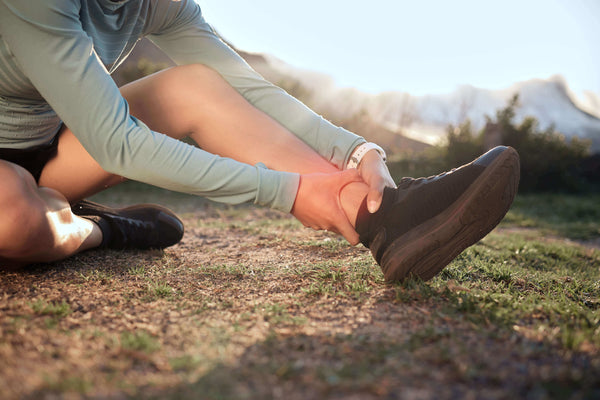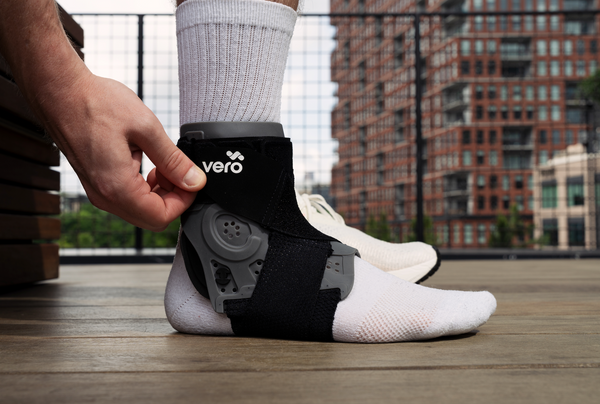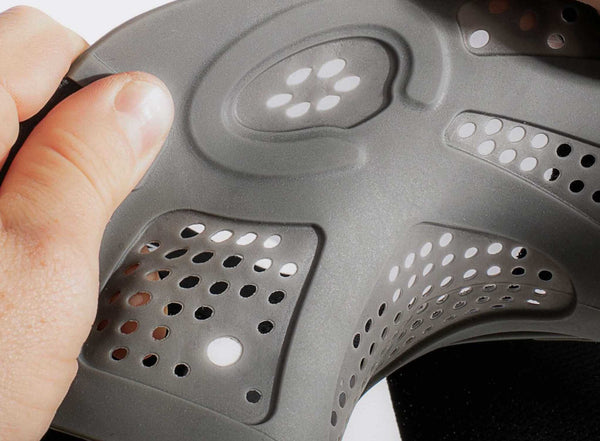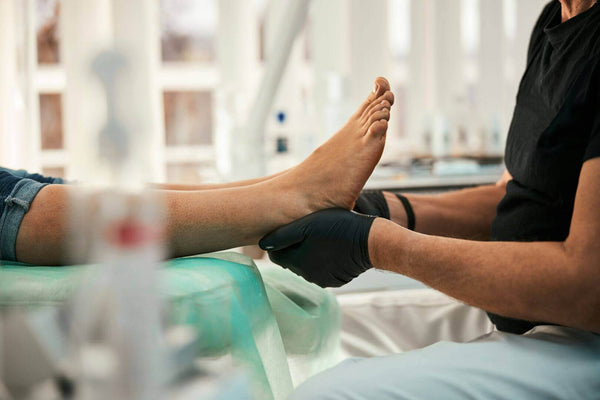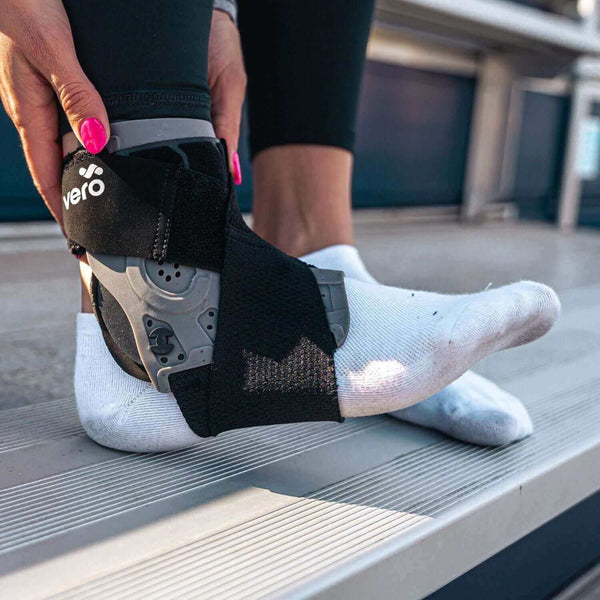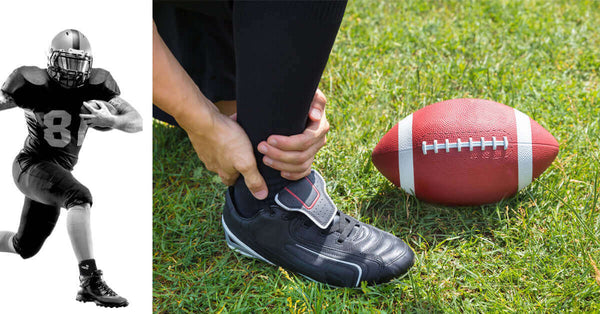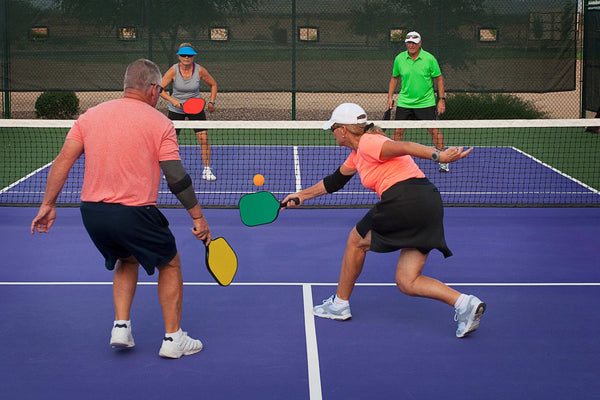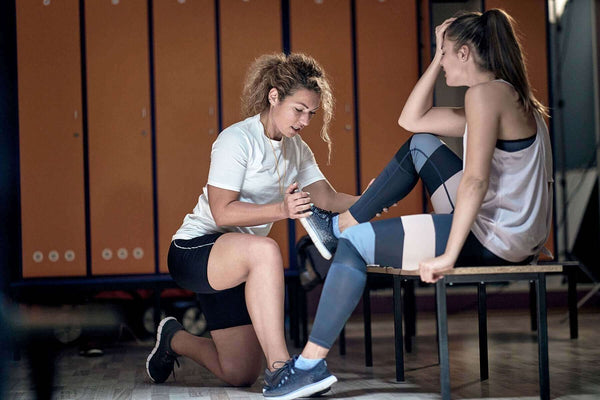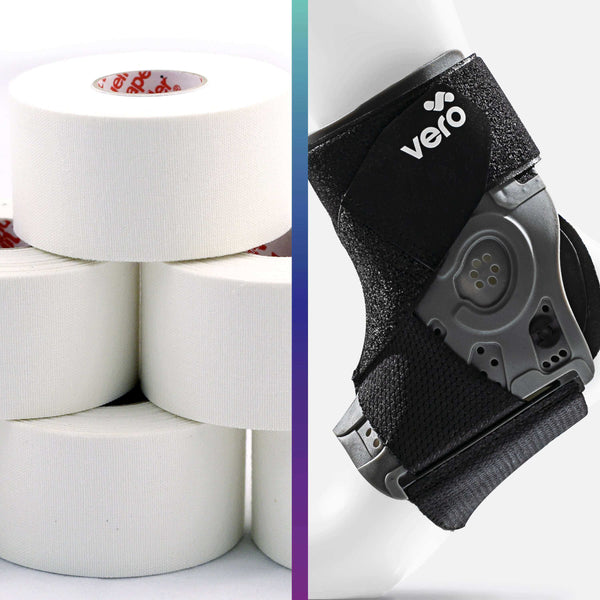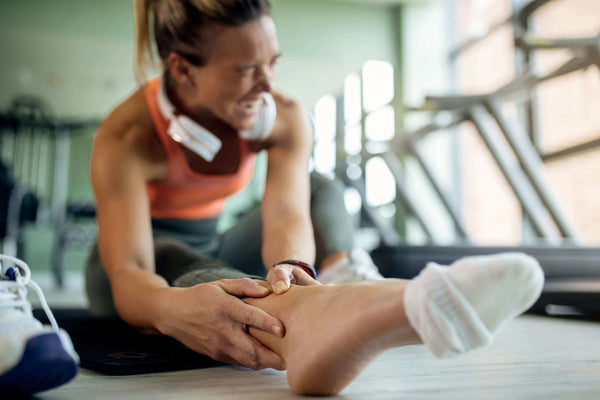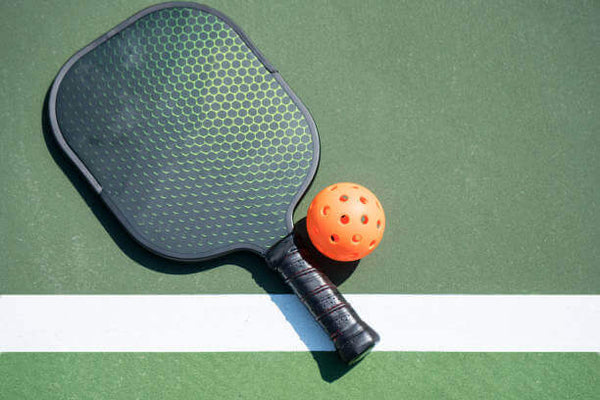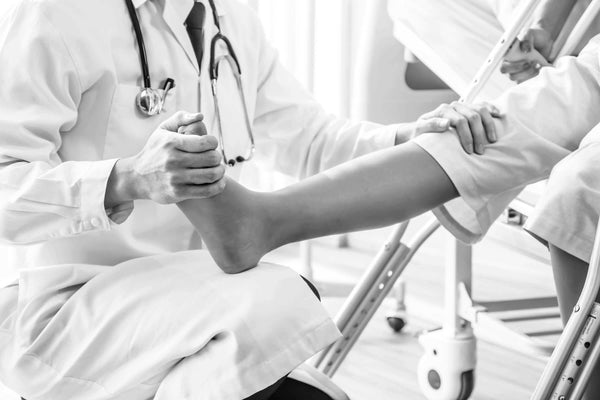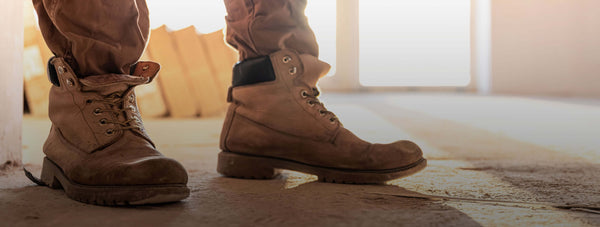Ankles are essential to virtually every movement we make. Whether sprinting across a soccer field, walking up a flight of stairs, or balancing on one foot, the ankle joint provides the stability and mobility necessary to keep us upright and moving efficiently. Despite their importance, ankles are often overlooked until injury strikes.
This article explores the multifaceted role of ankles in sports and everyday activities, offering insights into injury prevention, aging, rehabilitation, and overall joint health. Understanding your ankles better can help you perform better, recover faster, and stay injury-free longer.
How Ankles Support Different Types of Physical Activities
The ankle joint is a highly complex hinge joint composed of three primary bones—the tibia, fibula, and talus. It allows for multiple planes of motion: dorsiflexion and plantarflexion (up and down movement), as well as inversion and eversion (side-to-side movement). These movements are stabilized and powered by surrounding ligaments (like the ATFL and deltoid ligament), tendons (like the Achilles), and muscle groups (such as the calves and peroneals), all working in harmony to support dynamic movement and balance.
Ankles do more than just bear weight—they act as shock absorbers, balance regulators, and power sources during movement. Depending on the activity, the ankle may need to switch rapidly between stability and mobility, making it especially prone to injury if not properly conditioned or supported.
How The Ankle Functions in Different Activities
- Running and Jogging: The ankle absorbs ground impact with each footfall and stores elastic energy to propel the body forward. Proper alignment and strong calves are key to efficiency and injury prevention.
- Basketball and Volleyball: Sudden lateral movements, jumping, and landing place intense stress on ankle ligaments. Lateral stability and proprioception training are crucial to avoid sprains.
- Soccer and Football: The ankle handles rapid pivots, sprints, and forceful stops. Agility training and supportive footwear help maintain joint integrity under load.
- Dancing and Gymnastics: These activities demand extreme range of motion, balance, and precise control. Strong intrinsic foot muscles and flexibility reduce strain on the ankle joint.
- Hiking and Trail Running: Uneven terrain challenges the subtalar joint's ability to stabilize the foot. Strong peroneals and good footwear protect against rolling the ankle.
In each case, the ankle acts both as a stabilizer and a dynamic mover, adjusting in real-time to external forces and movement patterns. These movements demand strength, control, and proper joint alignment—all of which are supported by bracing when needed.
Weak or unstable ankles can compromise form, increase fatigue, and lead to compensatory injuries in the knees, hips, or lower back. That’s why strengthening, conditioning, and in some cases, wearing a smart support device like the Vero Ankle® Brace, are essential steps for athletes and active individuals alike.
Common Sports Injuries and Their Impact on Ankle Health
Ankles are among the most commonly injured joints in sports. High-impact movements, repetitive stress, and unpredictable terrain all contribute to the likelihood of injury. Some of the most frequent sports-related ankle injuries include:
- Lateral Ankle Sprains: Occur when the foot rolls inward, overstretching the outer ligaments, particularly the ATFL (anterior talofibular ligament).
- High Ankle Sprains: Involve the ligaments connecting the tibia and fibula above the ankle joint. These are more severe and take longer to heal.
- Achilles Tendonitis: Inflammation of the Achilles tendon caused by overuse, poor biomechanics, or inadequate warm-up.
- Fractures: Can result from direct trauma or forceful twisting motions.
- Tendon Tears or Ruptures: Often involve the Achilles tendon or peroneal tendons and can result in prolonged recovery times.
These injuries often lead to swelling, bruising, reduced mobility, and long-term instability if not properly treated. In many cases, returning to activity too soon or without appropriate support increases the risk of chronic issues.
Using a brace like the Vero Ankle® Brace during recovery can help stabilize the joint, reduce inflammation, and support natural movement, allowing athletes to return to play with greater confidence and reduced risk of re-injury.
Preventive Strategies for Ankle Injuries in Sports
Preventing ankle injuries requires a proactive approach that strengthens the joint, improves proprioception, and reduces stress on ligaments and tendons. Here are evidence-based strategies to help keep your ankles healthy:
Strength and Conditioning
Building strength in the muscles that support the ankle is one of the most effective ways to prevent injury. When these muscles are weak, the ankle joint is forced to absorb more impact and becomes more vulnerable to rolling, twisting, or collapsing under pressure. Strengthening the calves, tibialis anterior, and peroneals helps stabilize the joint, absorb shock, and control motion—especially during dynamic or high-impact activities.
- Focus on strengthening the muscles around the ankle: calves, tibialis anterior, peroneals.
- Incorporate resistance band exercises and calf raises into your routine
Balance and Proprioception
Balance and proprioception—your body’s ability to sense movement and position—are critical for ankle injury prevention. When your proprioception is sharp, your body reacts faster to instability, helping you correct your posture or foot placement before injury occurs. Training this system strengthens neuromuscular control and helps prevent missteps during sports or uneven terrain.
- Use balance boards, Bosu balls, or single-leg exercises to improve stability.
- Practice dynamic drills like hopping and lateral jumps with control.
Warm-Up and Stretching
Warming up increases blood flow, raises muscle temperature, and prepares your joints for movement, reducing the chance of strain or sprain. Stretching maintains flexibility in the muscles and tendons that connect to the ankle, especially the Achilles tendon and plantar fascia. A stiff or unprepared ankle is much more prone to injury.
- Always warm up with dynamic movements before training.
- Stretch the Achilles tendon, calves, and plantar fascia regularly.
Footwear and Equipment
Supportive footwear plays a vital role in ankle health. Shoes that match the demands of your sport and your individual foot mechanics can help prevent overuse, instability, and rolling injuries. On the other hand, worn-down shoes or improper gear increase your risk by failing to support the natural motion of your ankle.
- Wear activity-appropriate, well-fitted shoes with adequate support.
- Replace worn-out footwear regularly.
Wearing an Ankle Brace
Bracing adds an external layer of support that can protect vulnerable joints during high-risk movements. For athletes with a history of sprains or instability, an ankle brace can help reduce lateral motion and resist the kinds of twists that cause injury. The Vero Ankle® Brace, designed by orthopedic surgeons, provides dynamic support that mimics natural ligament function while allowing freedom of motion.
- Wear an ankle brace like the Vero Ankle® Brace during training or games if you’ve had past injuries.
- Use bracing to reduce the risk of recurring sprains or joint instability.
The Impact of Aging on Ankle Function and Health
As we age, our ankles undergo both structural and functional changes that can affect balance, mobility, and overall joint health. Decreased collagen production, joint lubrication, and muscle mass contribute to:
- Reduced flexibility and range of motion
- Thinning of cartilage and joint degeneration
- Slower healing times
- Increased risk of falls and fractures
These changes don't mean that ankle decline is inevitable. With consistent maintenance and attention, older adults can preserve ankle strength and mobility well into later life.
Tips for Aging Ankles
- Engage in regular, low-impact exercise like walking, swimming, or cycling.
- Stretch regularly to maintain joint range of motion.
- Perform balance training to reduce fall risk.
- Use supportive devices when needed, such as orthotics or ankle braces.
The Vero Ankle® Brace is especially beneficial for aging populations, providing stability during daily activities and reducing the risk of injury during mild exercise or unexpected missteps.
Rehabilitation Techniques for Ankle Injuries in Athletes
Rehabilitation is not just about healing—it's about restoring function, confidence, and performance. A comprehensive rehab program includes:
Phase 1: Acute Care (0–2 weeks)
- RICE (Rest, Ice, Compression, Elevation)
- Bracing to immobilize and protect the joint
- Pain management and swelling reduction
Phase 2: Early Recovery (2–6 weeks)
- Gradual weight-bearing
- Range-of-motion exercises
- Gentle isometric strengthening
- Continued use of a support brace like Vero Ankle® to prevent instability
Phase 3: Functional Recovery (6–12 weeks)
- Dynamic balance and proprioception drills
- Resistance training
- Gait correction and running progression
Phase 4: Return to Sport (12+ weeks)
- Sport-specific drills and movement pattern correction
- Continued monitoring for signs of instability or discomfort
Each stage is critical, and skipping steps can increase the likelihood of chronic issues. Using a dynamic brace throughout rehab, like the Vero Ankle® Brace, offers ongoing protection while allowing controlled, progressive mobility.
Balancing Activity and Rest to Maintain Healthy Ankles
An often-overlooked element of ankle health is the balance between activity and rest. Overtraining, poor recovery habits, and ignoring minor symptoms can quickly lead to chronic problems. Listen to your body. Mild stiffness or soreness after a workout is normal, but sharp pain, swelling, or prolonged discomfort should not be ignored.
Here are some key recovery tips:
- Schedule rest days and active recovery sessions.
- Use tools like foam rollers and massage to reduce tension.
- Apply cold therapy after intense sessions to reduce inflammation.
- Sleep and hydration are just as important for joint health as exercise.
Incorporating support tools such as compression socks or a recovery-oriented brace can further aid in preventing overuse injuries. For athletes and active individuals alike, the Vero Ankle® Brace can serve as a safeguard during intense workouts or competitions.
Whether you’re a weekend warrior, a seasoned athlete, or simply someone who enjoys staying active, your ankles deserve consistent care and attention. By understanding their role in movement and injury, adopting preventative strategies, and leveraging tools like the Vero Ankle® Brace, you can continue performing your best—without being sidelined by avoidable injuries.


